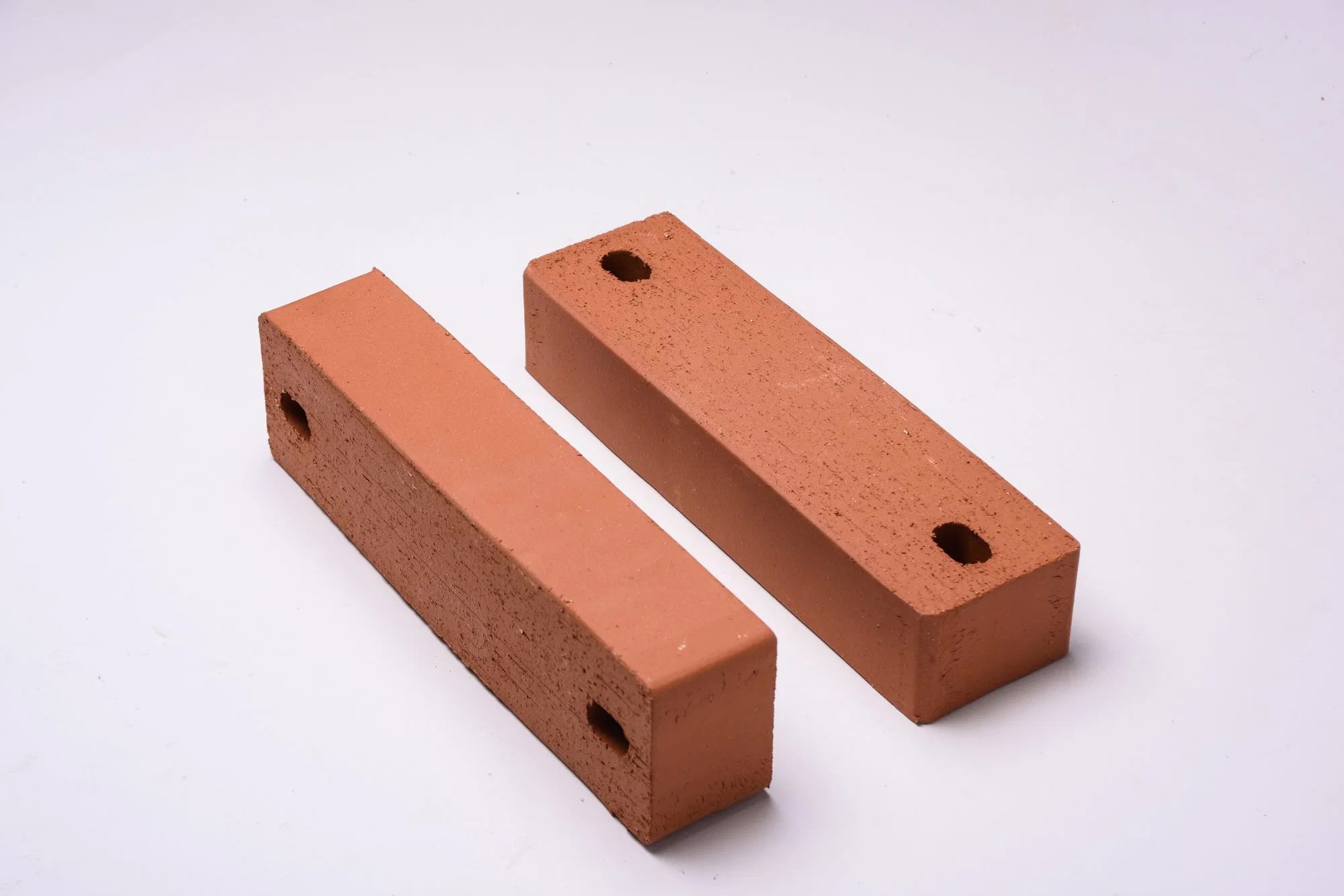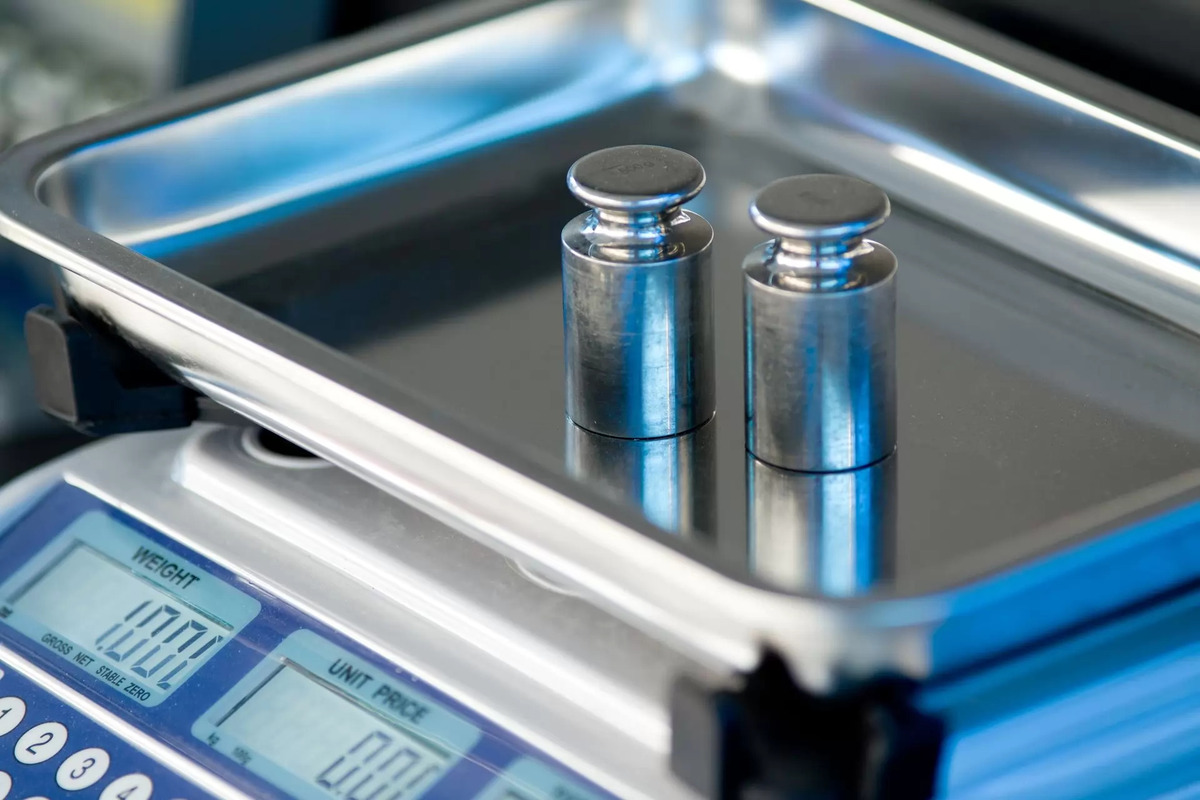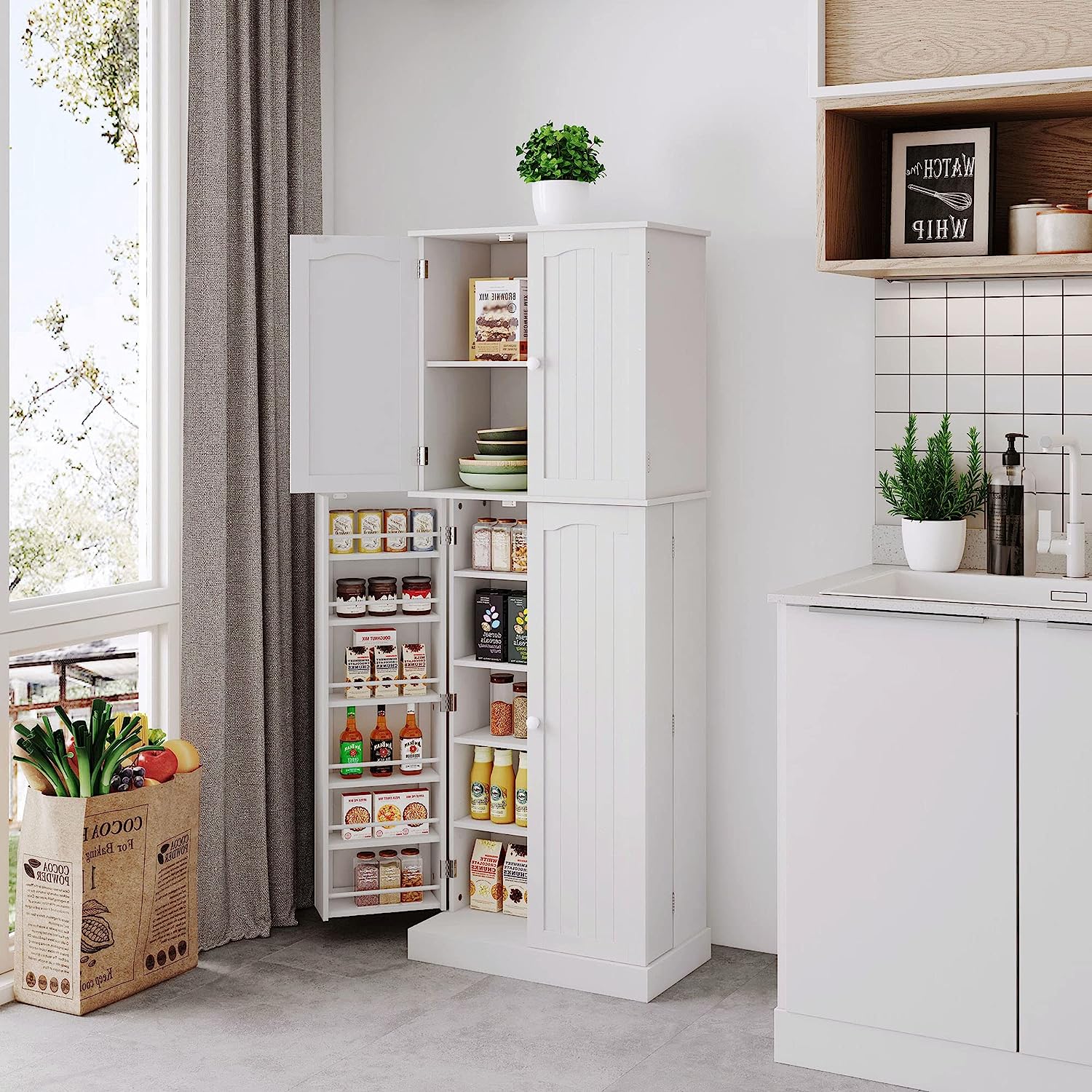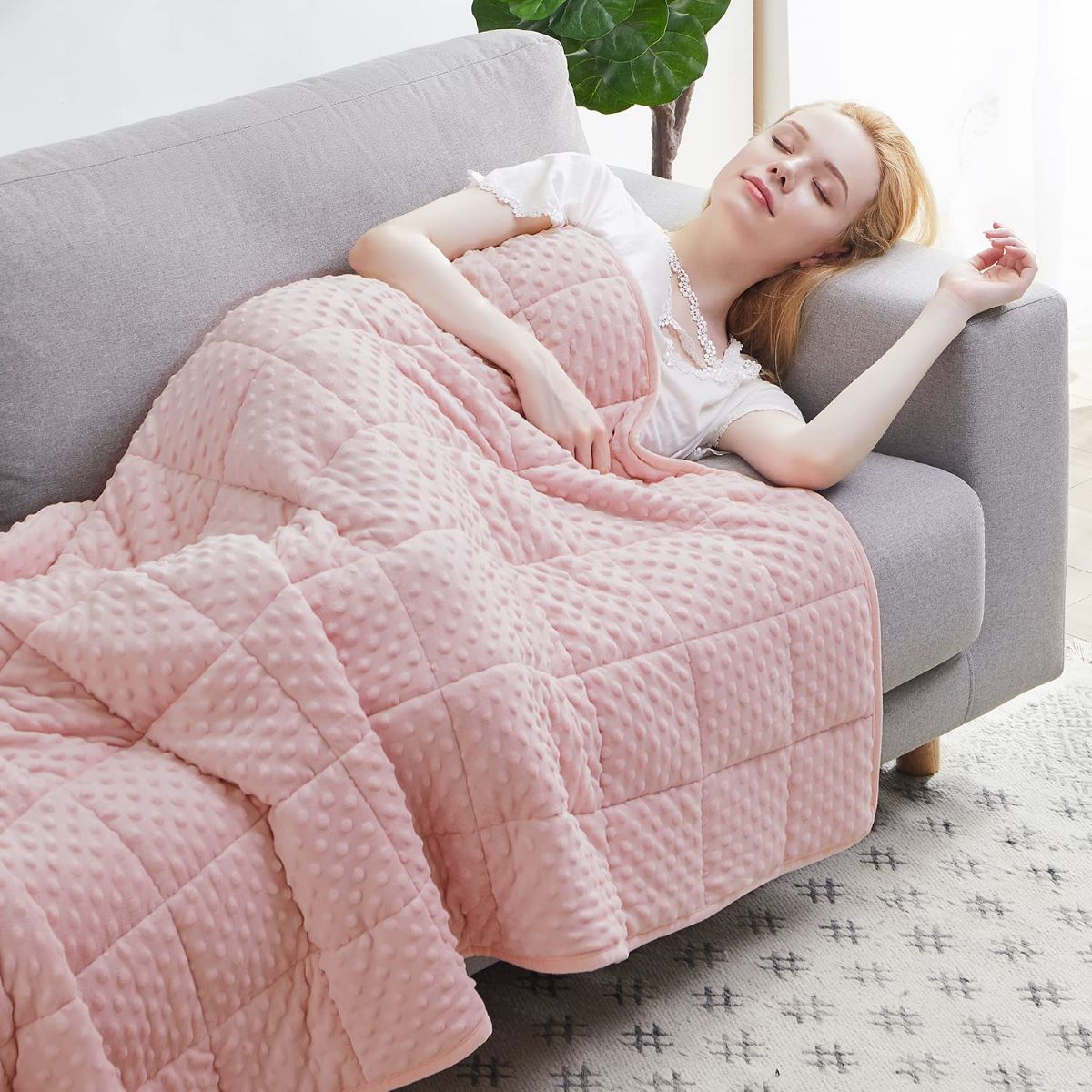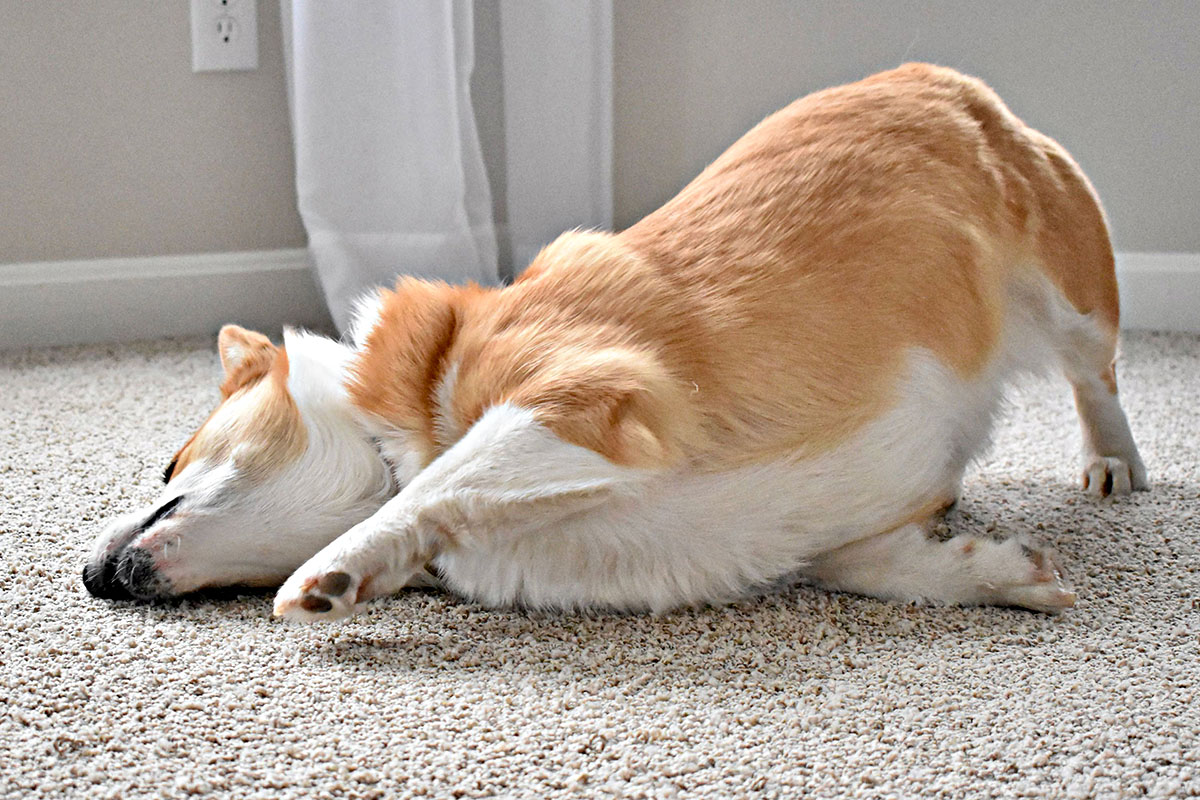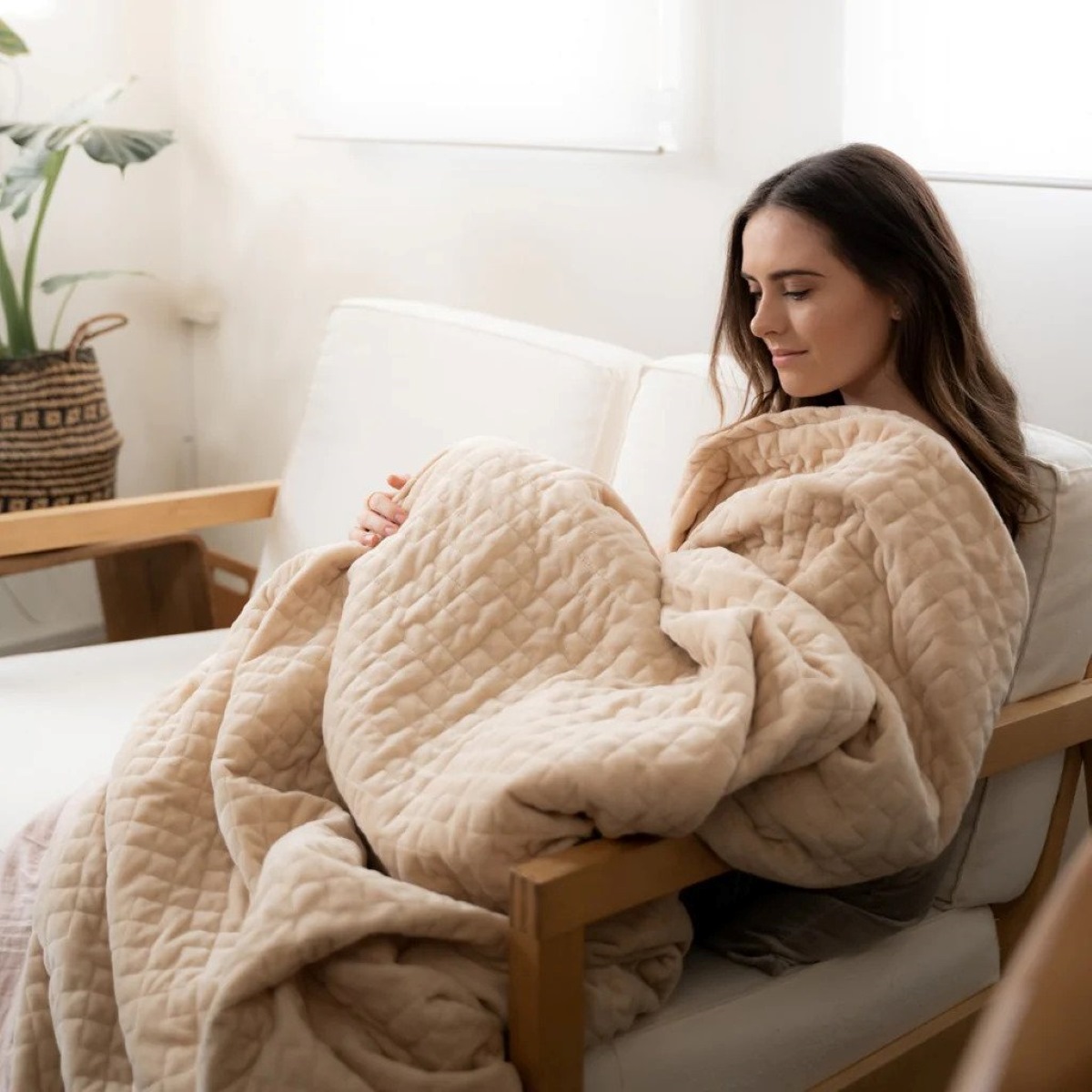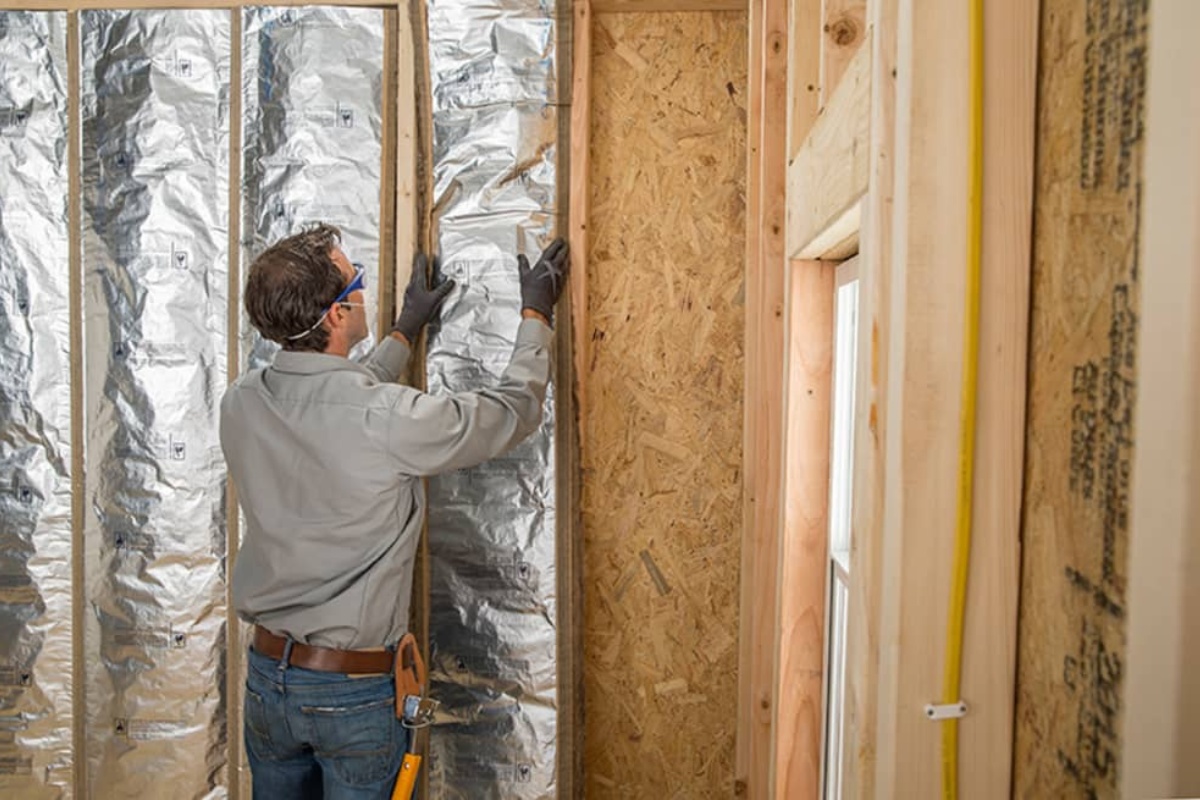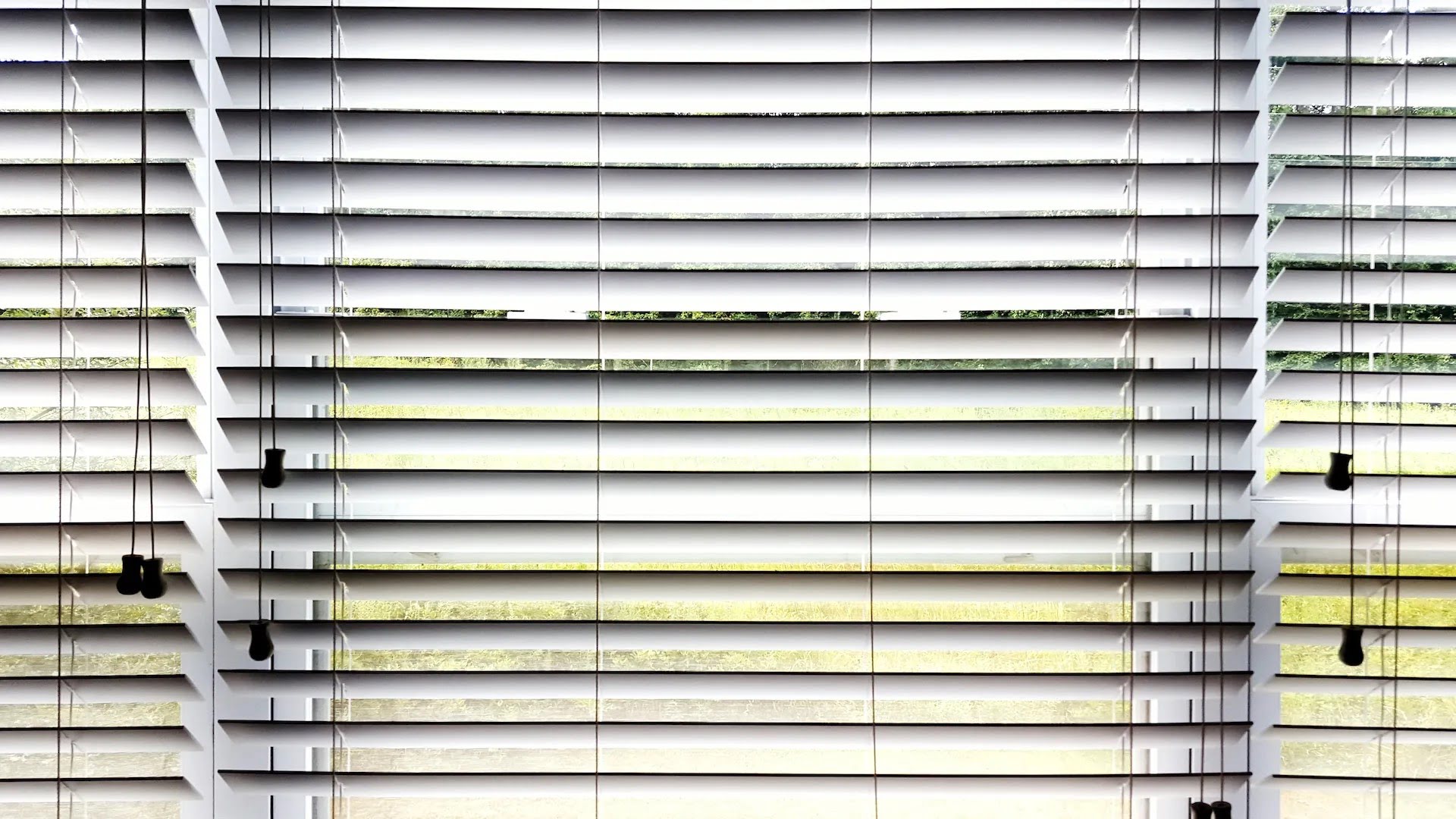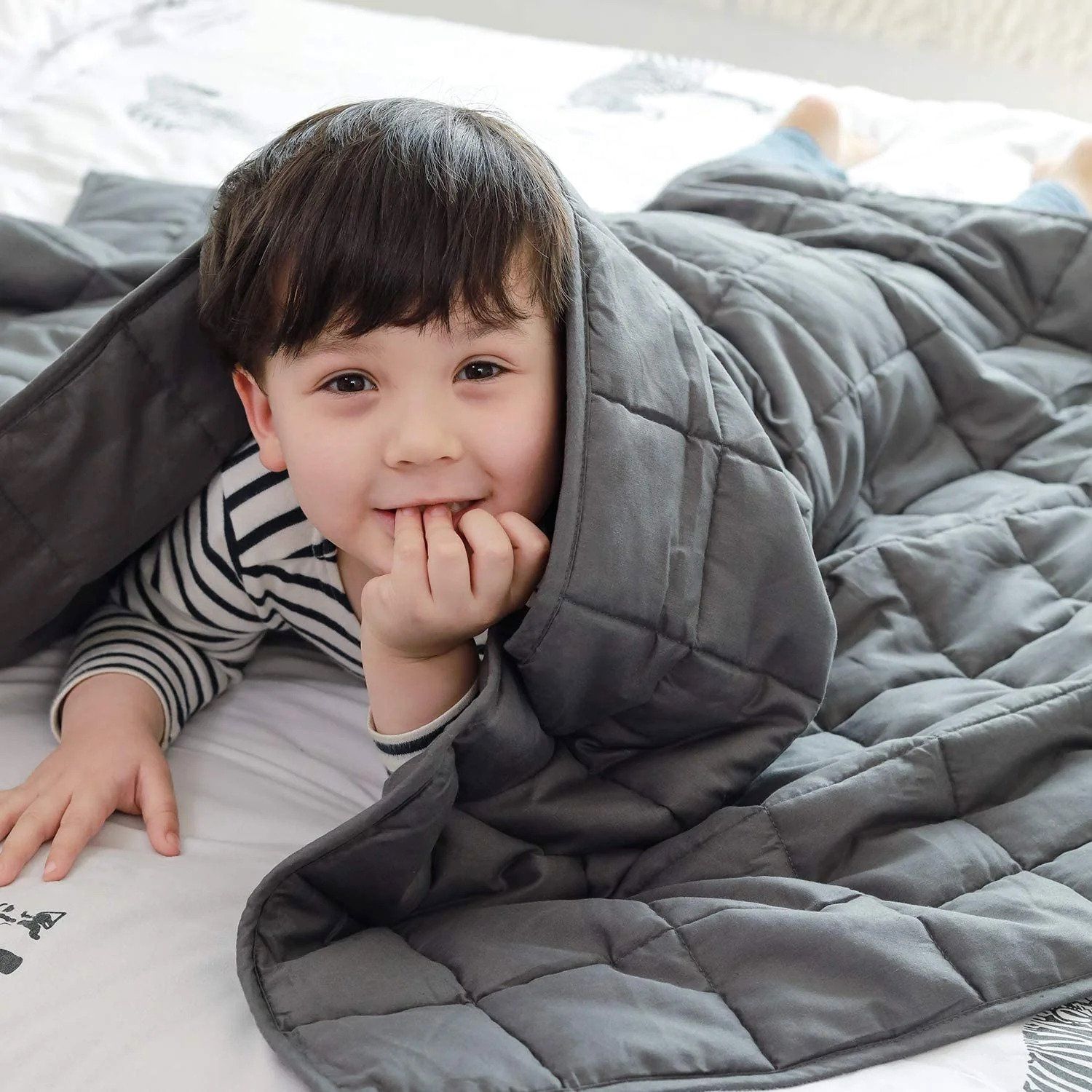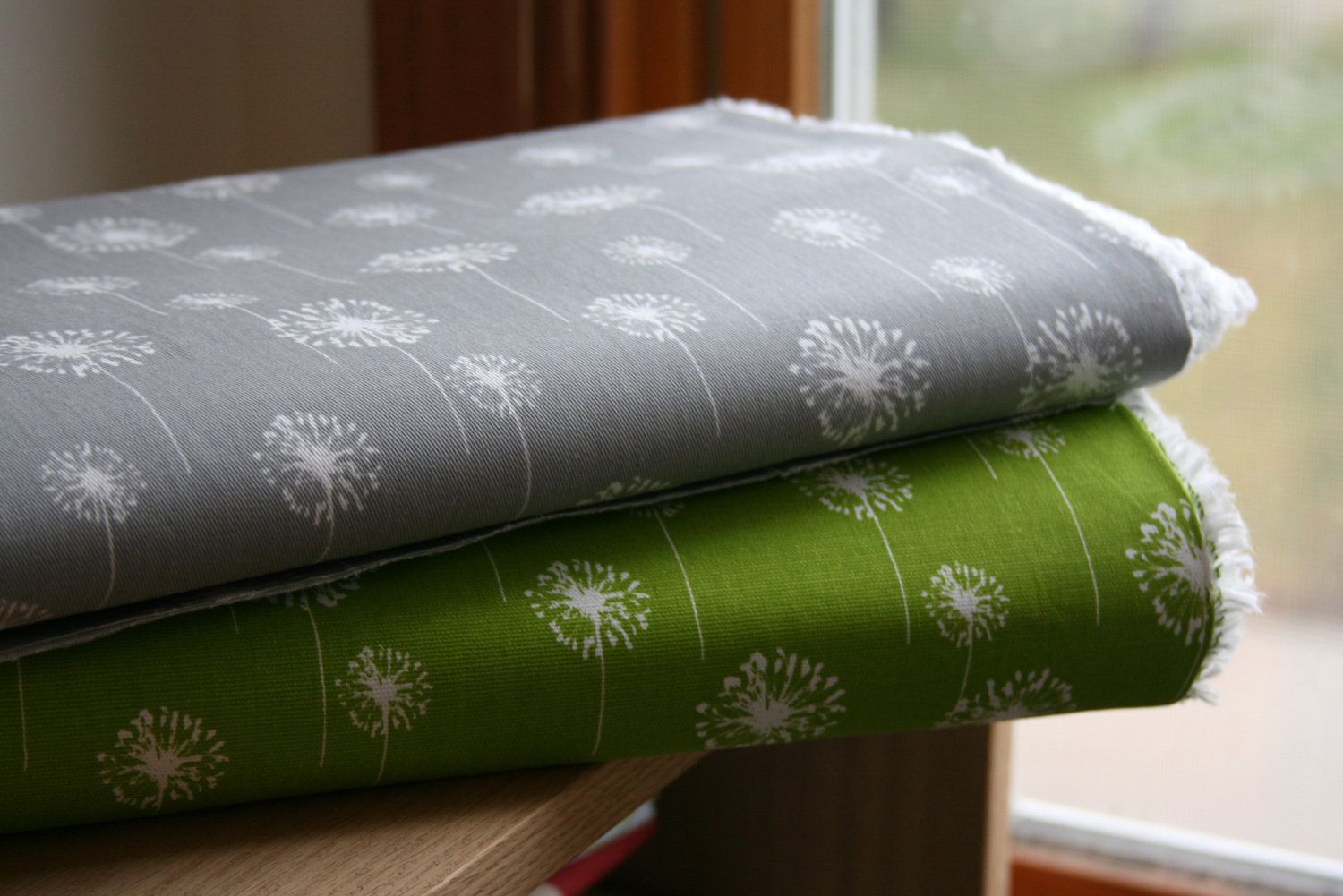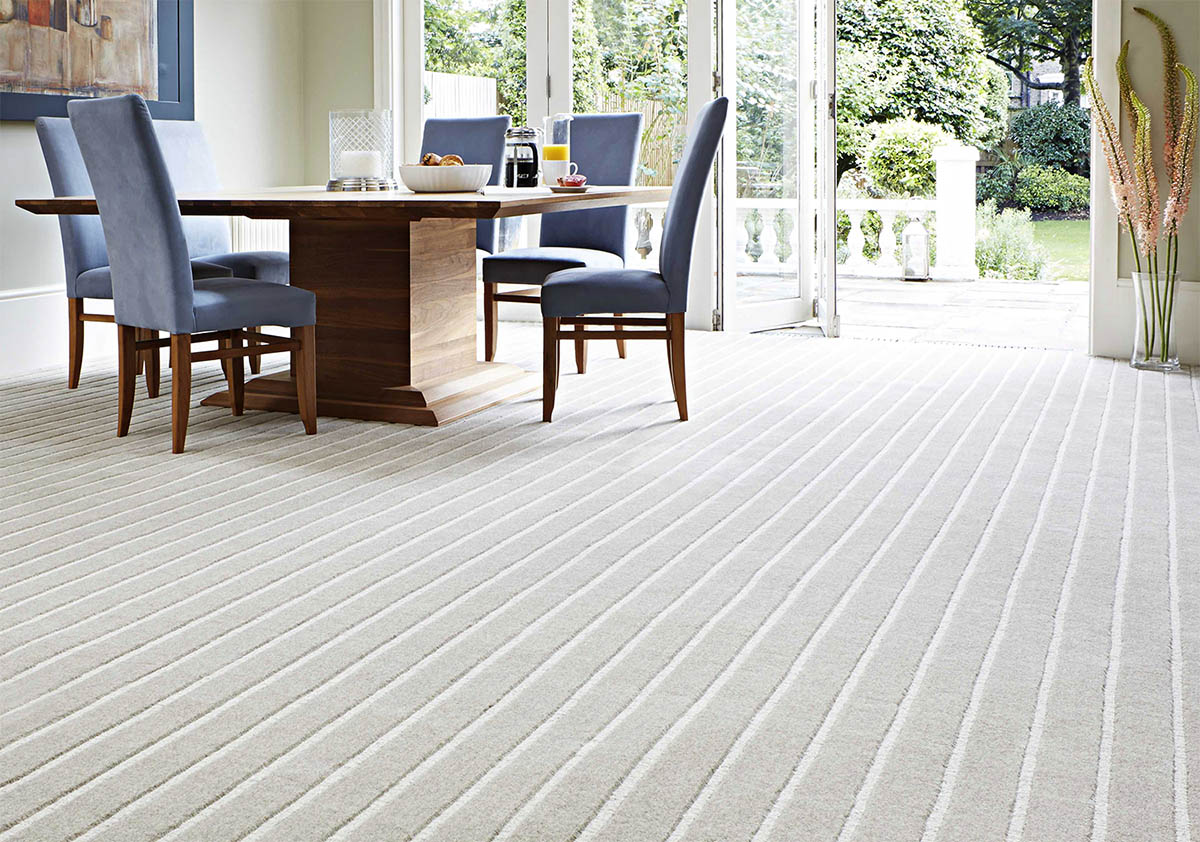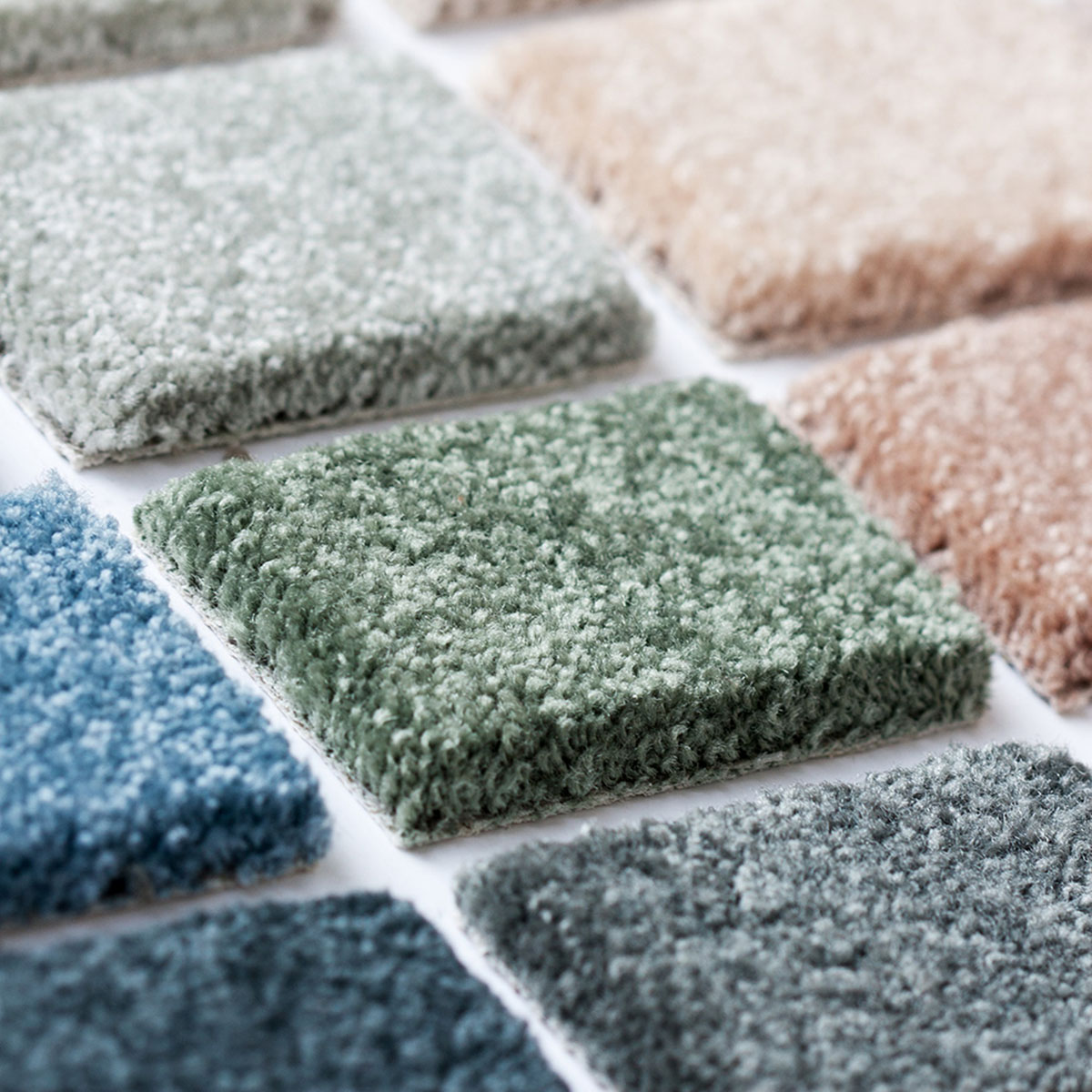

Articles
What Is Carpet Face Weight
Modified: January 9, 2024
Learn all about carpet face weight in this informative article. Understand the importance and impact of face weight when choosing the right carpet for your home.
(Many of the links in this article redirect to a specific reviewed product. Your purchase of these products through affiliate links helps to generate commission for Storables.com, at no extra cost. Learn more)
Introduction
Welcome to our comprehensive guide on carpet face weight. If you’re in the market for a new carpet, you may have come across the term “face weight” during your research. Understanding this crucial aspect of carpet quality can help you make an informed decision and ensure that you select the right carpet for your needs.
Carpets come in a wide range of styles, materials, and thicknesses, and the face weight is one of the key factors to consider. It refers to the weight of the carpet pile per square yard. In simpler terms, it measures the amount of fiber in the carpet and can give you an idea of its durability and overall quality.
In this guide, we will delve into the definition of carpet face weight, explore its importance, discuss the factors that can affect it, and guide you in measuring and understanding carpet face weight ratings. Additionally, we will provide tips on choosing the right carpet face weight for your specific needs.
Whether you’re looking to carpet a high-traffic area in your home, such as the living room or hallway, or you’re in need of something more plush and luxurious for your bedroom, understanding carpet face weight can help you make the best decision and ensure that your new carpet will withstand the test of time.
So, let’s dive into the world of carpet face weight and discover how it can help you choose the perfect carpet for your space.
Key Takeaways:
- Carpet face weight is a crucial factor in determining a carpet’s durability, comfort, and longevity. Higher face weights offer more resilience for high-traffic areas, while lighter face weights provide a softer feel for less frequented spaces.
- When choosing the right carpet face weight, consider factors such as foot traffic, room function, household members, and aesthetic preferences. Striking a balance between face weight, quality, and cost ensures the perfect carpet for your home.
Read more: Why Do Dogs Rub Their Faces On A Carpet
Definition of Carpet Face Weight
Carpet face weight refers to the weight of the carpet pile per square yard. It is a measure of the amount of fiber used in the carpet construction. The pile is the visible part of the carpet, and the face weight indicates how dense and durable it is.
The face weight is typically measured in ounces per square yard (oz/yd²) and can range from about 20 oz/yd² for lighter carpets to over 80 oz/yd² for heavier, more luxurious carpets.
It’s important to note that the face weight does not include the weight of the carpet backing or any other components of the carpet; it only refers to the weight of the pile itself. This distinction is crucial because the face weight directly affects the carpet’s performance and longevity.
Higher face weights indicate a denser and more substantial carpet, as there is more fiber packed into each square yard. This additional fiber adds strength and durability to the carpet, making it better equipped to handle heavy foot traffic and resist wear and tear.
On the other hand, carpets with lower face weights may be more suitable for areas with less foot traffic or where a softer, plush feel is desired. While they may not be as durable as their higher face weight counterparts, they can still provide comfort and aesthetic appeal.
It’s important to keep in mind that face weight is just one aspect to consider when choosing a carpet. It should be considered alongside other factors such as fiber type, carpet construction, and density to get a complete understanding of the carpet’s quality and performance.
Now that we have defined carpet face weight let’s explore why it is important and how it can impact your carpet-buying decision.
Importance of Carpet Face Weight
The face weight of a carpet is an important factor to consider as it directly affects the carpet’s durability, comfort, and overall performance. Here are a few reasons why carpet face weight is significant:
Durability: A higher face weight generally indicates a more durable carpet. The increased amount of fiber in each square yard makes the carpet resistant to flattening, matting, and general wear and tear. It can withstand heavy foot traffic without losing its original appearance and texture.
Longevity: Carpets with higher face weights tend to have a longer lifespan. The added density and thickness of the pile make it more resilient to daily use and reduces the risk of premature wear. Investing in a carpet with a higher face weight can save you money in the long run by minimizing the need for frequent replacements.
Comfort: The amount of fiber in the carpet pile directly affects the level of cushioning and comfort underfoot. Carpets with higher face weights tend to feel softer and more luxurious, providing a cozy and comfortable surface. This makes them ideal for bedrooms and other areas where comfort is a priority.
Resilience: The density of the carpet pile, determined by the face weight, contributes to its ability to resist crushing and matting. A carpet with a higher face weight is better equipped to bounce back after furniture or heavy objects have been placed on it, ensuring that it maintains its original appearance for a longer period.
Appearance: Carpets with higher face weights often have a more luxurious and aesthetically pleasing appearance. The increased fiber content creates a fuller and more plush look, enhancing the overall visual appeal of the carpet. This can elevate the ambiance of a room and make it feel more inviting.
It’s worth mentioning that while a higher face weight is generally desirable, it may not be necessary for every situation. Areas with lower foot traffic, such as bedrooms or formal living rooms, may benefit from a softer and lighter carpet. It’s important to strike a balance between face weight, durability, and comfort to select the right carpet for each specific area in your home.
Now that we understand the importance of carpet face weight, let’s explore the factors that can affect it and how to effectively measure it.
Factors Affecting Carpet Face Weight
Several factors can influence the face weight of a carpet. Understanding these factors can help you make an informed decision when selecting a carpet that meets your specific needs. Here are the key factors that can affect carpet face weight:
1. Fiber Type: The type of fiber used in the carpet construction plays a significant role in determining the face weight. Different fibers have varying densities and weights. For example, nylon and wool fibers tend to be heavier than polyester or olefin. Therefore, carpets made with nylon or wool fibers may have a higher face weight compared to those made with lighter synthetic fibers.
2. Carpet Construction: The construction method of the carpet can impact the face weight. There are various carpet construction techniques, such as cut pile, loop pile, or a combination of both. Each construction style can have a different impact on the face weight. For instance, cut pile carpets often have a higher face weight than loop pile carpets due to the additional fibers used in the construction.
3. Pile Height: The height of the carpet pile can influence the face weight. A carpet with a taller pile height typically requires more fiber per square yard, resulting in a higher face weight. However, it’s essential to strike a balance between pile height and density, as an excessively tall pile may lead to issues like matting and crushing.
4. Carpet Density: Carpet density refers to the amount of fiber packed into the carpet pile. It is measured by the number of fibers per square inch or the tufts per square inch. Higher carpet density can contribute to a higher face weight as it requires more fiber to achieve a denser construction. Dense carpets tend to be more durable and resistant to wear and tear.
5. Twist Level: The twist level of the carpet fibers can impact the face weight. Twist refers to the number of times the carpet fibers are twisted together per inch. Carpets with a higher twist level generally have a higher face weight as they require more fiber to achieve the desired twist. Higher twist levels also enhance the carpet’s ability to resist matting and crushing.
6. Carpet Backing: While the face weight specifically refers to the weight of the pile, the carpet backing can indirectly impact the overall weight of the carpet. Thicker and heavier backing materials may add some weight to the carpet, but they do not contribute to the face weight. It’s important to differentiate between the face weight and the overall weight of the carpet.
By considering these factors, you can gain a better understanding of the face weight of a carpet and how it relates to the quality and performance of the carpet. Next, let’s explore how to measure carpet face weight accurately.
Carpet face weight refers to the amount of fiber in the carpet pile per square yard. A higher face weight generally indicates a denser, more durable carpet. When choosing a carpet, consider the face weight along with other factors like fiber type and twist level for the best performance.
How to Measure Carpet Face Weight
Measuring carpet face weight is a straightforward process that can be done with the help of a few simple tools. Here’s a step-by-step guide on how to measure carpet face weight:
1. Gather the necessary tools: You’ll need a digital scale, a measuring tape, a pair of scissors, and a large enough area of carpet to measure. Ensure that the scale is capable of measuring in ounces or pounds.
2. Determine the measurement area: Select a representative area of the carpet to measure. It should be at least 3 feet by 3 feet, although a larger area can provide more accurate results. Avoid selecting an area near the edges or seams of the carpet, as these areas can have variations in pile density and thickness.
3. Prepare the area: Ensure that the carpet is flat and free from any wrinkles or folds. If necessary, use a carpet stretcher or heavy objects to secure the carpet in place to get an accurate measurement. Smooth out any unevenness or bumps to obtain consistent results.
4. Measure the area: Use the measuring tape to determine the length and width of the selected area in feet. Multiply the length by the width to calculate the square footage.
5. Cut and weigh the sample: Using the scissors, carefully cut a square or rectangular sample from the designated area, ensuring that you only cut through the pile and not the backing. The sample should be about 12 inches by 12 inches. Place the sample on the digital scale and record the weight in ounces.
6. Calculate the face weight: To calculate the face weight, divide the weight of the sample in ounces by the square footage of the area. Multiply the result by 36 to convert it to ounces per square yard (oz/yd²).
Face Weight = (Sample Weight in ounces / Square Footage) x 36
For example, if the weight of the sample is 24 ounces and the square footage of the area is 9 square feet, the face weight would be:
Face Weight = (24 ounces / 9 square feet) x 36 = 96 oz/yd²
Remember that this measurement represents the face weight of the specific sample area you measured. It is a good idea to take multiple measurements from different areas of the carpet to get an average face weight reading for a more accurate representation of the whole carpet.
By following these steps, you can effectively measure the face weight of a carpet and obtain valuable information to aid in your carpet-buying decision.
Next, let’s delve into the understanding of carpet face weight ratings and what they signify.
Read more: What Is Facing In Construction
Understanding Carpet Face Weight Ratings
Carpet face weight ratings provide valuable information about the density and quality of a carpet. These ratings are typically expressed in ounces per square yard (oz/yd²) and indicate the amount of fiber used in the carpet pile. Understanding carpet face weight ratings can help you gauge the durability and performance of different carpets. Here’s what you need to know:
Light Face Weight: Carpets with a face weight of around 20-30 oz/yd² are considered to have a light face weight. These carpets are generally suitable for low-traffic areas such as bedrooms or formal living rooms. They provide a comfortable and plush feel underfoot but may not offer the same level of durability as higher face weight options.
Medium Face Weight: Carpets with a face weight ranging from 30-40 oz/yd² are considered to have a medium face weight. These carpets strike a balance between comfort and durability, making them suitable for moderately trafficked areas like dining rooms or home offices. They offer a good combination of softness and longevity.
Heavy Face Weight: Carpets with a face weight of 40 oz/yd² or higher are considered to have a heavy face weight. These carpets are designed for high-traffic areas such as hallways, staircases, or family rooms. They are built to withstand heavy use and are highly durable. Heavy face weight carpets are generally more resilient and better equipped to handle foot traffic without showing signs of wear and tear.
It’s important to note that while face weight ratings provide an indication of a carpet’s density and durability, they should not be the sole factor in your decision-making process. Other factors such as carpet construction, fiber type, and density also play a crucial role in determining a carpet’s performance and longevity. Hence, it’s essential to consider all of these aspects in conjunction with face weight when selecting the right carpet for your specific requirements.
Additionally, keep in mind that face weight alone does not guarantee the overall quality of a carpet. It’s important to consider reputable brands, warranty information, and other quality indicators when evaluating carpets. Furthermore, the suitability of a specific face weight will vary depending on the intended application. For example, a heavy face weight carpet may be overkill in a rarely used guest room, while a light face weight carpet may not be suitable for a busy family room.
By understanding and considering carpet face weight ratings, you can make a more informed decision and choose a carpet that balances the desired level of comfort, durability, and performance for your specific needs.
Now that we have explored the concept of carpet face weight ratings, let’s move on to the next important step: choosing the right carpet face weight.
Choosing the Right Carpet Face Weight
Choosing the right carpet face weight is essential as it directly impacts the durability, comfort, and longevity of the carpet. To select the appropriate face weight, you should consider several factors and match them to your specific needs. Here are some guidelines to help you make the right choice:
1. Consider the Foot Traffic: The amount of foot traffic a particular area receives is a crucial factor in determining the appropriate face weight. High-traffic areas like hallways, stairs, or family rooms require carpets with a higher face weight to ensure durability and longevity. For less frequented spaces like bedrooms or formal living areas, lighter face weights may be suitable for a softer feel underfoot.
2. Assess the Room Function: The function of the room or area where the carpet will be installed should also influence your decision. For example, in a children’s playroom or a home office where chairs are frequently rolled, a higher face weight carpet can better withstand the extra demands. In contrast, a guest bedroom or a formal dining room may benefit from a lighter face weight for added comfort.
3. Consider Household Members and Pets: If you have children, pets, or individuals with mobility devices in your household, a carpet with a higher face weight is advisable. These carpets are more durable and resistant to wear and tear, making them better suited for handling the increased activity and potential spills or accidents that can occur.
4. Evaluate Your Aesthetic Preferences: The face weight of a carpet can also affect its appearance. Heavier face weight carpets often have a fuller and more luxurious look, while lighter face weight carpets may have a softer and less robust appearance. Consider your aesthetic preferences and how the carpet will complement the overall style and decor of the room.
5. Balance Face Weight with Other Factors: Remember that face weight should not be the sole consideration when choosing a carpet. It’s important to evaluate other factors such as fiber type, carpet construction, density, and twist level. These elements collectively contribute to the overall quality and performance of the carpet.
6. Set a Realistic Budget: Face weight can impact the cost of the carpet. Heavier face weight carpets often come with a higher price tag due to the increased amount of fiber used. Set a realistic budget and find a balance between face weight, quality, and cost to ensure you get the best value for your investment.
By carefully considering these factors and striking a balance that aligns with your needs and preferences, you can choose the right carpet face weight that provides the desired level of durability, comfort, and aesthetic appeal.
Now that you have a better understanding of carpet face weight and how to choose it, you can confidently navigate the carpet buying process and select the perfect carpet for your home.
Finally, let’s summarize the key points we have discussed in this guide.
Conclusion
Choosing the right carpet for your home goes beyond just considering its color and texture. Understanding carpet face weight is a crucial aspect of making an informed decision that aligns with your needs and preferences.
Carpet face weight refers to the weight of the carpet pile per square yard and is indicative of its density and durability. Higher face weight carpets are generally more durable and better suited for high-traffic areas, while lighter face weight carpets provide a softer feel and are ideal for less frequented spaces.
Factors such as fiber type, carpet construction, pile height, density, and twist level can all influence the face weight of a carpet. It’s important to assess these factors along with the intended application and level of foot traffic to choose the right face weight that meets your specific requirements.
By measuring the face weight accurately, understanding face weight ratings, and considering other quality indicators, you can confidently select a carpet that offers the desired balance of durability, comfort, and aesthetic appeal.
Remember to also factor in your budget and consider the longevity of the carpet, as investing in a higher face weight carpet can provide long-term savings by reducing the need for frequent replacements.
In conclusion, with the knowledge gained from this comprehensive guide, you are well-equipped to make an informed decision when it comes to carpet face weight. Take the time to evaluate your specific needs, consider the factors that affect face weight, and weigh them against your budget and aesthetic preferences.
Now that you have the tools and understanding, go forth and find the perfect carpet that will not only enhance the look and feel of your space but also withstand the test of time and foot traffic.
Happy carpet shopping!
Frequently Asked Questions about What Is Carpet Face Weight
Was this page helpful?
At Storables.com, we guarantee accurate and reliable information. Our content, validated by Expert Board Contributors, is crafted following stringent Editorial Policies. We're committed to providing you with well-researched, expert-backed insights for all your informational needs.
